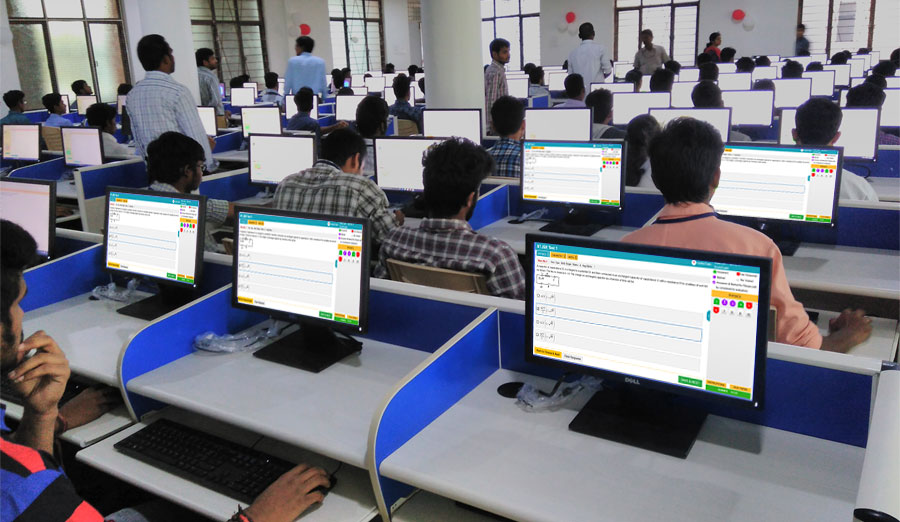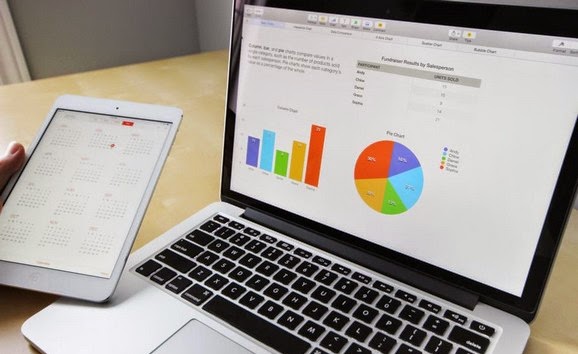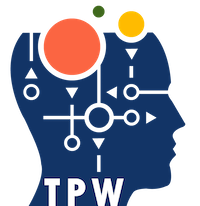With the increase in the need for the ability to think on one’s feet, this set of tests evaluates just that in a simulated situation. Both the tests are similar in the sense that they are used to measure the decision-making ability of the candidate in the replicated situation. It is usually given to individuals applying for management jobs or leadership positions. Many established companies, like Deloitte, KPMG, Ernst & Young, etc. use this form of psychometric testing to test participants’ analytical ability. They are structured in a way to measure three broad skills – time management, prioritization, and organization abilities. The situations are built to imitate real-life instances or interactions that the employee might face and how they would tackle it is what is measured.

In-tray and E-tray are different based on the mode in which information is presented to the participant. As you probably would have guessed, e-tray provides the exercise on a computer system using a virtual email inbox that would be triggered to shut at a time limit. On the other hand, an in-tray situation would have the same information in hard copies provided to the individual on hand. The forms of information retrieved in both, hard and soft data, is based on phone calls, memos, letters, reports, etc. and are usually given to the individual candidates at an assessment centre. They can also sometimes be administered as a group activity to assess teamwork and individual analysis at the same time by the moderator. The test further tests the applicant to make quick decisions, run basic calculations, extract information and make judgment calls on a managerial level under information overload, overwhelming requests, and different departmental demands made on the participant. The ability to delegate, adapt, and be flexible are skills that are looked for by the employers.

The structure of the test is multiple-choice based on case studies but sometimes consists of essay type questions as well. The subject of the questions is usually modified to fit the job description that the candidate wants to secure in the company. In the e-test, the emails begin to arrive slower and progress in both, difficulty and frequency, once the time increases. The tasks may also range to phone calls and report filling, if necessary, in the time allotted. This simulates the high demand high-stress situation a senior manager would face, juggling unhappy customers and ignorant subordinates alike. The responsiveness, ability to multitask and the quality of the answers of the prospective employee is the score that is seen to have the utmost priority to measure the skills of the candidate.

With the advancement in technology making leaps in every sphere of our lives, the ability to stimulate a situation and allow the individual to make the real-time life decisions based on the requirements of their job is a feat that the corporate world cannot ignore to utilise. The resulting analysis would allow a more in-depth interviewing method with a hands-on report of the managerial ability and make a more aware decision
Work referenced
What Is An E-Tray Exercise? (2020, May 28). Retrieved July 08, 2020, from https://www.wikijob.co.uk/content/aptitude-tests/test-types/e-tray-exercise
In-Tray & E-Tray Exercises (Individual). Retrieved July 08, 2020, from https://www.ucc.ie/en/careers/areyouacurrentstudent/applicationstoolkit/onlineassessmentsassessment centres/in-traye-trayexercisesindividual
Types of psychometric assessments. (n.d.). Retrieved July 08, 2020, from https://au.hudson.com/job-seekers/career-advice/psychometric-tests/types-of-psychometric-assessments

Devika Kapur is the the newest member of our team. Recently completed her undergraduate degree from O.P Jindal University, majoring in international business and psychology, she heads our outreach program and helps with research development on the side.

